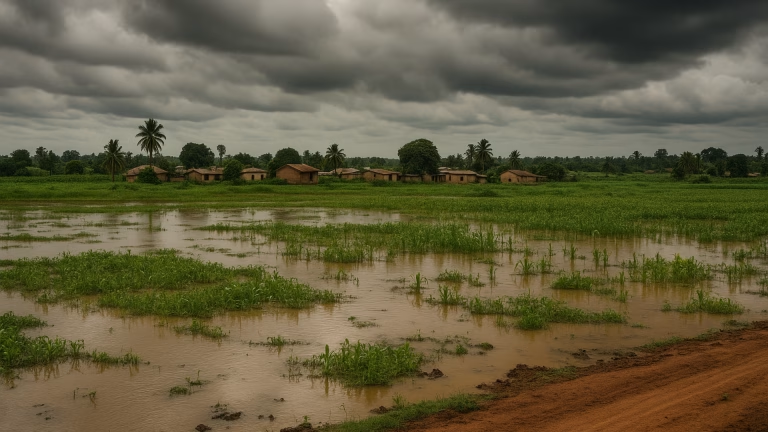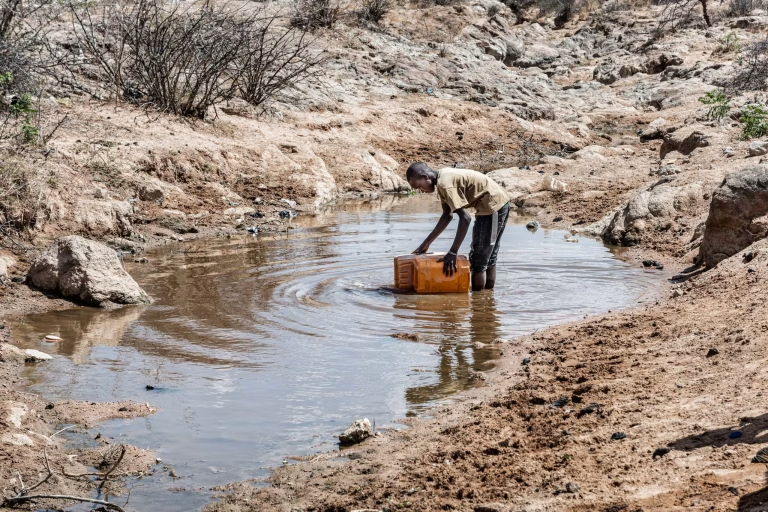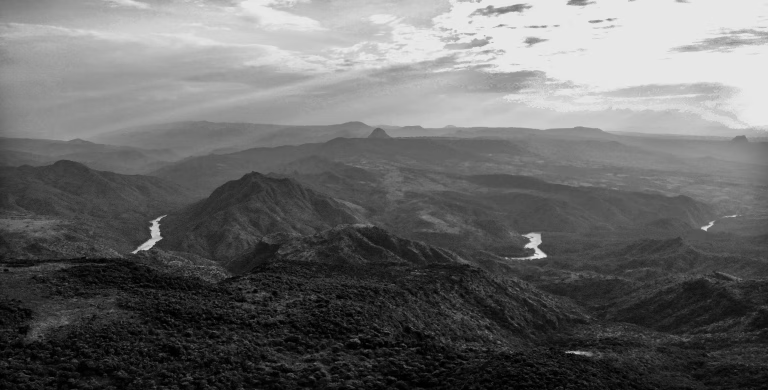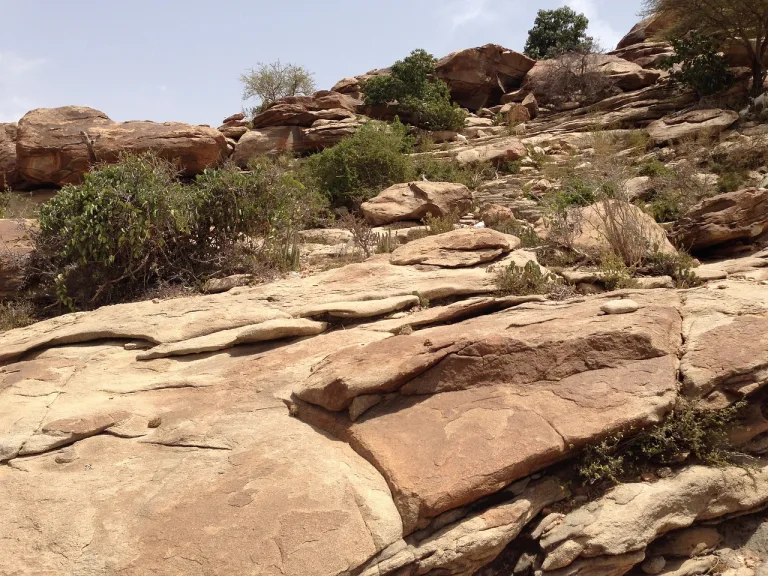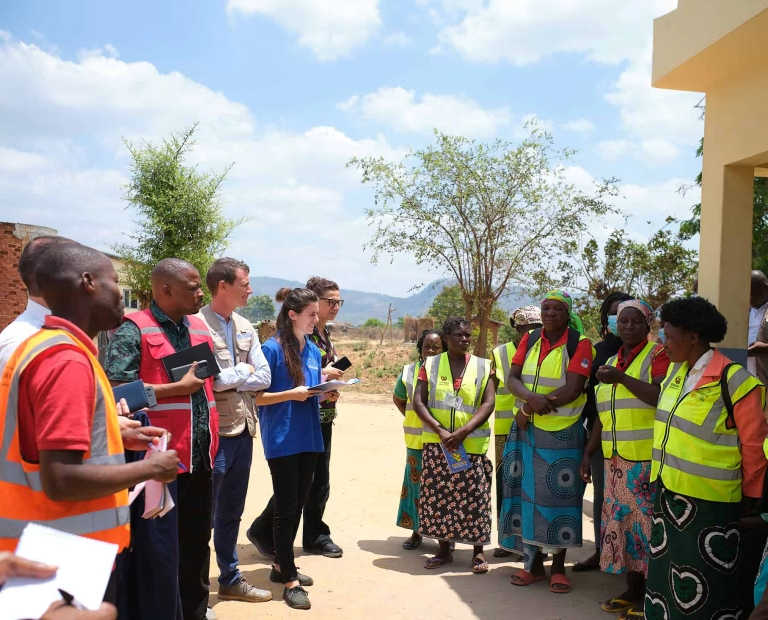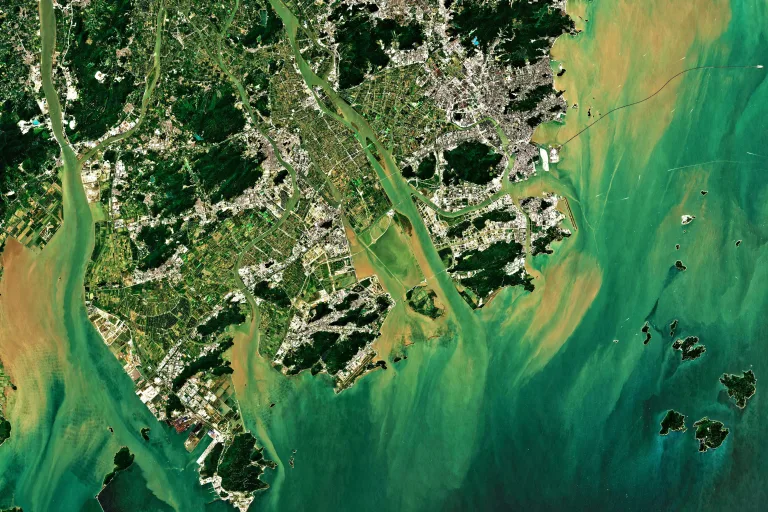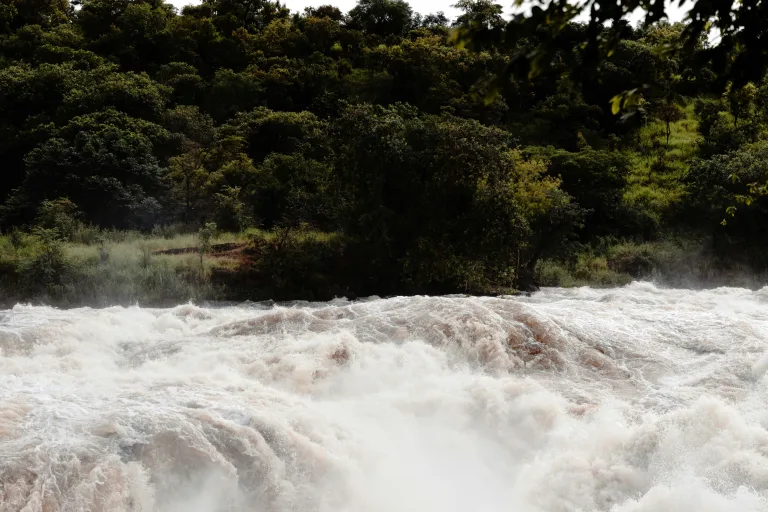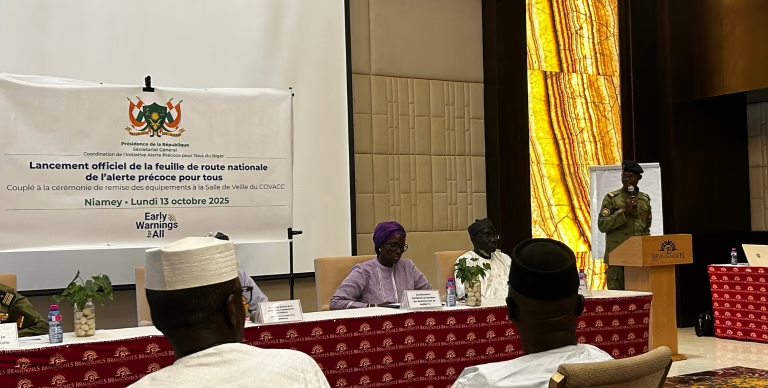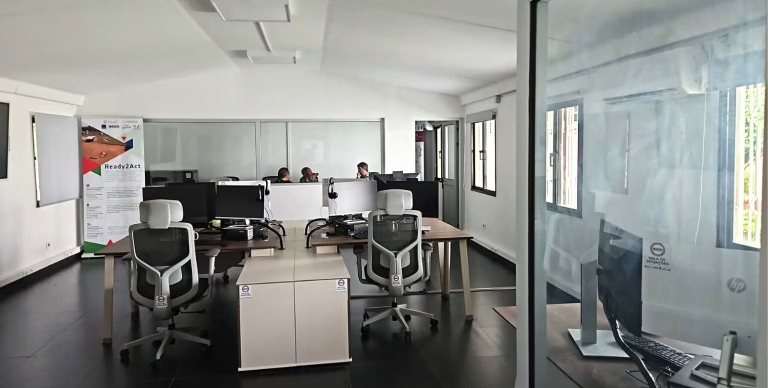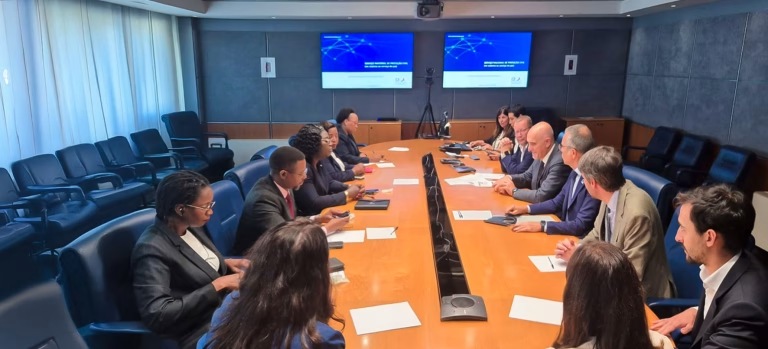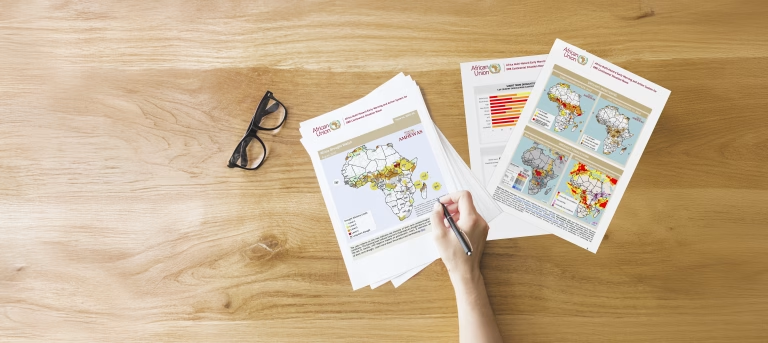Early Warning Systems
OVERVIEW
How can we ensure the most effective and timely response to a weather-related hazard? By anticipating its impacts through quantitative forecasts and continuous monitoring, we can be better prepared to manage and respond to it. Equally important is informing potentially exposed populations, enabling them to protect themselves by following pre-defined procedures. This is the core principle behind well-functioning Early Warning Systems (EWSs).
In a changing climate, where the frequency and intensity of many hazards – such as floods, droughts, and wildfires – are increasing, the role of EWSs in civil protection and emergency management has become critical.
Recognizing the importance of Early Warning Systems (EWSs), CIMA Research Foundation has been contributing to this field for over 20 years. Our efforts include developing EWSs for flood, wildfire, and more recently, drought risks, both in Italy and internationally.
An effective EWS begins with a clear understanding of the risks facing a community. The effectiveness of EWS relies heavily on accurate and comprehensive knowledge of the risks. Without this foundational knowledge, the EWS phases (monitoring, warning dissemination, and response) would not function properly.
Then, meteorological forecasts, integrated with hydrological, hydraulic, and wildfire models, along with continuous monitoring from in-situ and remote sensing data, predict the impacts on exposed elements such as populations, infrastructure, and agriculture. This information must be communicated in an accessible and actionable format to enable early action by institutions, stakeholders, communities and citizens.
Early action should be pre-planned and embedded into coordinated emergency plans with clear roles and responsibilities. The sustainable approach of the CIMA Research Foundation has led to the development of civil protection planning through a participatory method that transforms these plans from technical tools into community pacts.
CHALLENGES AND GOALS
While the climate crisis has made the implementation of Early Warning Systems urgent, it has also underscored the need to address vulnerabilities by considering the complex interactions between human activities and natural dynamics. This highlights the necessity of moving the discussion of risks beyond sectoral and purely technical dimensions, reintegrating it into the broader conversation of sustainable development.
Science cannot thrive without a legal framework and supportive policies and at the local level. Similarly, policies cannot function effectively without science and proper communication with citizens—making them aware of the measures they can adopt to modify their behavior toward risks. For EWSs to be effective, it is essential to harmonize science (and its inherent uncertainties) with laws, policies, and communities through a holistic approach to solving complex problems.

With this focus, CIMA Research Foundation is responding to the call launched by United Nations Secretary-General António Guterres in March 2022 to protect all people globally from weather and climate risks by 2027 through the implementation of impact-based Early Warning Systems, as part of the “Early Warning for All” Initiative.
“Today, one third of the world’s people, mainly in least developed countries and small island developing states, are still not covered by early warning systems… This is unacceptable, particularly with climate impacts sure to get even worse. Early warnings and action save lives. To that end, today I announce the United Nations will spearhead new action to ensure every person on Earth is protected by early warning systems within five years.”
UN Secretary-General António Guterres on World Meteorological Day 23 March 2022
Handbook on Risk Knowledge for Early Warning Systems
The EW4All Initiative is built on four pillars, with the first, “Disaster Risk Knowledge and Management“, coordinated by UNDRR. This pillar aims to ensure that every country has the capability to systematically gather, analyze, and share information about potential risks. The goal is to develop a solid foundation of risk knowledge that supports effective early warning systems (EWS) and disaster preparedness efforts.
In this context, CIMA Foundation has produced , on behalf of UNDRR, the Handbook on Risk Knowledge for Early Warning Systems. The handbook, which is a practical guide and, at the same time, a technical support for all partners of the EW4All Initiative, brings together all available knowledge on the information chain for EWSs, and contains a focus on the application of this knowledge.
Introduced in 2024, it is structured around three cross-cutting principles: improving the standards for collecting risk data and information, incorporating local knowledge, and leveraging technological innovation to advance EWS capabilities.

Find out more about what we do in EWS by visiting the dedicated geographic pages:
Projects
News
Establishing effective links between early warnings and early action: general criteria for floods. EU support to flood prevention and forest fires risk management in the Western Balkans and Turkey – IPA Floods and Fires (2023)
The contribution of EO to DRR: an overview. European Space Agency (2024)

